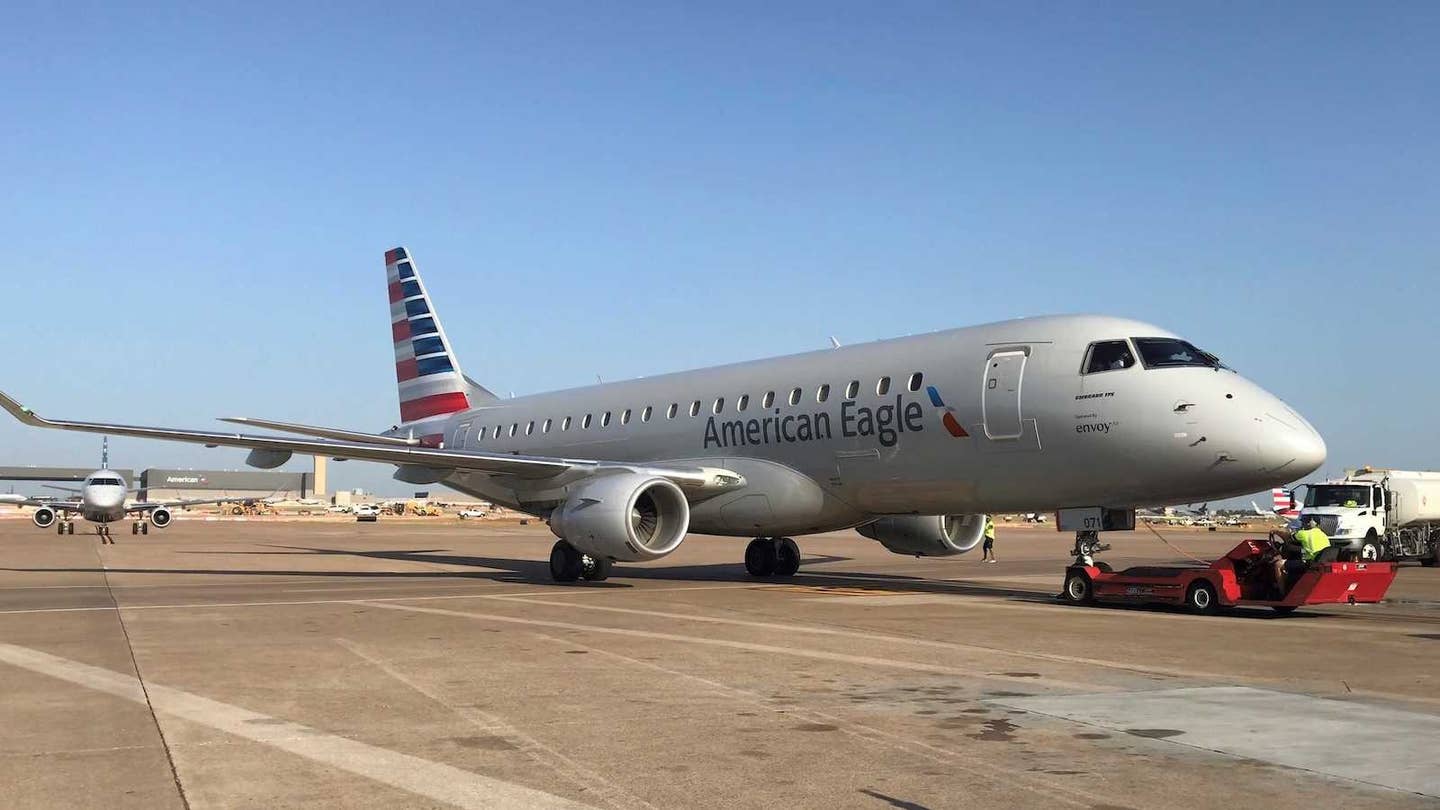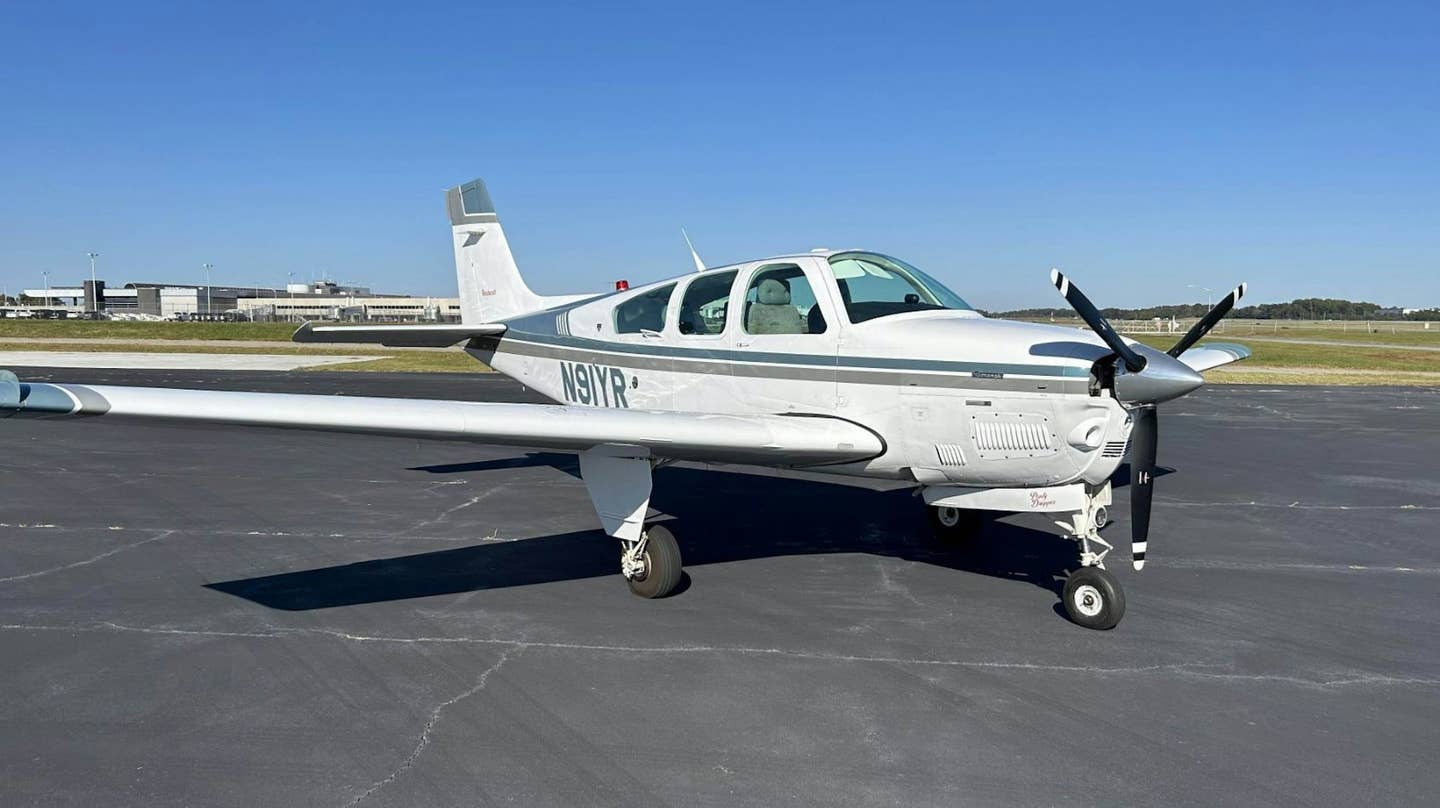
In April, Tampa, Florida, postman Doug Hughes landed his gyrocopter in the backyard of the U.S. Capitol. He was trying to deliver 535 letters to members of Congress explaining his opinions on campaign financing, but I suspect they ended up in an evidence room instead. They wouldn't have had much effect on the thinking of congressmen who benefit from current campaign finance laws anyway. Hughes' unorthodox conveyance produced more buzz about "flying bicycles" than about the pros and cons of Citizens United. The next morning found Joe Scarborough and even the normally temperate Willie Geist bloviating on Morning Joe about "yet another lapse in Capitol security" and how Hughes ought to have been shot down. They must have been thinking of the jazzed-up gyrocopter, bristling with guns and rockets, that James Bond used in You Only Live Twice.
I can't say for certain what brand Hughes' contraption is, but it looked like a Bensen. Igor Bensen was a Russian-born engineer who started the gyrocopter craze, and with it the Popular Rotorcraft Association, in the 1950s. He coined the term gyrocopter, which has come to be applied to the simplest, most basic type of what is generically called a gyroplane. His gyrocopter was a boiled-down version of the ideas of Juan de la Cierva, the Spanish creator, in 1920, of the original gyroplane. De la Cierva's "autogyro" — later licensed in the United States under the name of Pitcairn — was an aircraft of considerable sophistication and complexity; Bensen's consisted of nothing more than a cruciform chassis with three little wheels, a seat, a mast, a rigid rotor and a two-stroke, four-cylinder McCulloch drone engine driving a pusher propeller.
A gyrocopter bears a misleading resemblance to a helicopter. They are similar, of course, in that the purpose of a rotating wing is to make the airspeed of the wing independent of that of the aircraft. A fixed-wing airplane has to be moving forward at a good clip to develop enough lift to take off; a rotorcraft can fly very slowly, and even stand still, because its spinning "wing" is already moving at a high airspeed. But the helicopter's rotor is driven by its engine; the gyroplane's is not.
One of the helicopterlike specialties of gyroplanes, displayed in Hughes' arrival in Washington, is alighting, like a duck, in a very short distance. It's as well, however, that Hughes and his machine were carted off (separately) by the authorities, because a very short takeoff is not such a simple matter; it might have required not just the West Lawn but a good bit of the National Mall as well. It requires first getting the freewheeling rotor up to around 300 rpm. Some gyroplanes incorporate a mechanism for spinning up the rotor and even for suddenly increasing its collective pitch for a jump takeoff; the very simple ones generally don't, and the job is left to some combination of manual assistance, wind and takeoff roll.
The operation of a gyroplane's freewheeling rotor is often compared to that of an autorotating helicopter's, but that explanation just replaces one hard-to-understand thing with another. It's better to think about a glider, because what the gyroplane's rotor blades are doing is gliding around the central mast.
Recall the definition of the four forces acting on an airplane in flight. Weight acts straight downward, toward the center of the earth. Thrust acts along an imaginary "thrust line" that is more or less aligned with the longitudinal axis of the airplane. Lift and drag, however, are defined in terms of the direction of air moving past: Drag is aligned with it; lift acts at right angles to it.
If the flight path of a gliding airplane is downward, the lift arrow, or "vector," is tilted forward. When the forward component of the lift just equals the backward component of the drag, the glider neither gains nor loses speed. A glider can climb without giving up airspeed only if the air around it is rising: A climbing sailplane is gliding downward through a mass of rising air.
Understanding what is happening as a helicopter autorotates requires solving a lot of wind triangles for various points along the rotor blade and various positions in its rotation. The part of the blade near the hub has very little circumferential speed, and so the airflow past it is mainly upward. The airfoil is stalled, but its speed is low and so is its drag. The speed of the rotor near the tip, on the other hand, is very high compared with the rate of descent — 300 feet per second compared with, say, 20 — and so the angle of attack of the blade there is small but the lift is great and the lift-drag vector tilts slightly aft. This portion of the blade contributes lift, but no thrust. What keeps the blade spinning is the Goldilocks zone in the middle where the combination of the amount of lift and the angle of the lift vector provides just enough thrust to balance the drag of both the inner and outer regions.
If you watch a gyroplane fly past, what may strike you is the angle of the rotor disk; its leading edge is up, often at a considerable angle, while that of a helicopter flying under power is down. The helicopter's rotor is pulling the helicopter through the air; the gyroplane is pulling its rotor through the air. By tilting its rotor backward, the gyroplane in level flight creates the same airflow through the rotor as the autorotating helicopter does as it descends. It has an engine and propeller to overcome the drag of the airframe, as well as the induced drag due to lift, and to still fly level or climb. That drag can be considerable, as you can judge from the steep glide angle required to keep a helicopter in autorotation.
A Bensen isn't good for much more than 50 knots — it's noteworthy that Hughes did not fly his gyrocopter from Florida but trucked it to a location in Pennsylvania and launched his assault on Washington from there — but suitably refined designs can do considerably better. Some of them are pretty slick looking, as an online search for pictures and videos of gyroplanes will show.
Cierva perfected his invention nearly a century ago, and many variants upon his ideas have been built and flown. The most extraordinary of all was the 40-seat British Fairey Rotodyne, which combined a wing, two turboprops and a 90-foot, four-blade rotor driven, for takeoff and landing, by engine gases ducted through the rotor blades to tip jets. Although it could take off and land vertically and cruise at 160 knots with its rotor freewheeling, the Rotodyne came to naught, ostensibly because of the unbelievable noise generated by its tip jets. They could reportedly stop a conversation from miles away. What a crushing defeat it must have been for a group of extremely ingenious engineers!
To this day, gyroplanes remain rarities. You can taxi up and down many a row of parked aircraft without seeing a single one. Why? Your guess is as good as mine, but my guess, based on an incurable propensity for generalizing from a few scattered data points, is that hybrid designs do not fare well in a market in which optimal performance is valued. What is true of roadable aircraft — they are neither good cars nor good airplanes — is also true of gyroplanes. They are neither so capable as helicopters nor so swift and efficient as airplanes. If there were no such things as airports, their ability to operate from small unprepared fields might be a more valuable asset. But most gyroplanes operate from airports, where the fact that they leave much of the runway unused has little value.
Undoubtedly, however, a gyroplane remains one of the best possible ways to travel from rural Pennsylvania to the Capitol lawn — and directly from there to jail.
Get online content like this delivered straight to your inbox by signing up for our free enewsletter.

Sign-up for newsletters & special offers!
Get the latest FLYING stories & special offers delivered directly to your inbox






